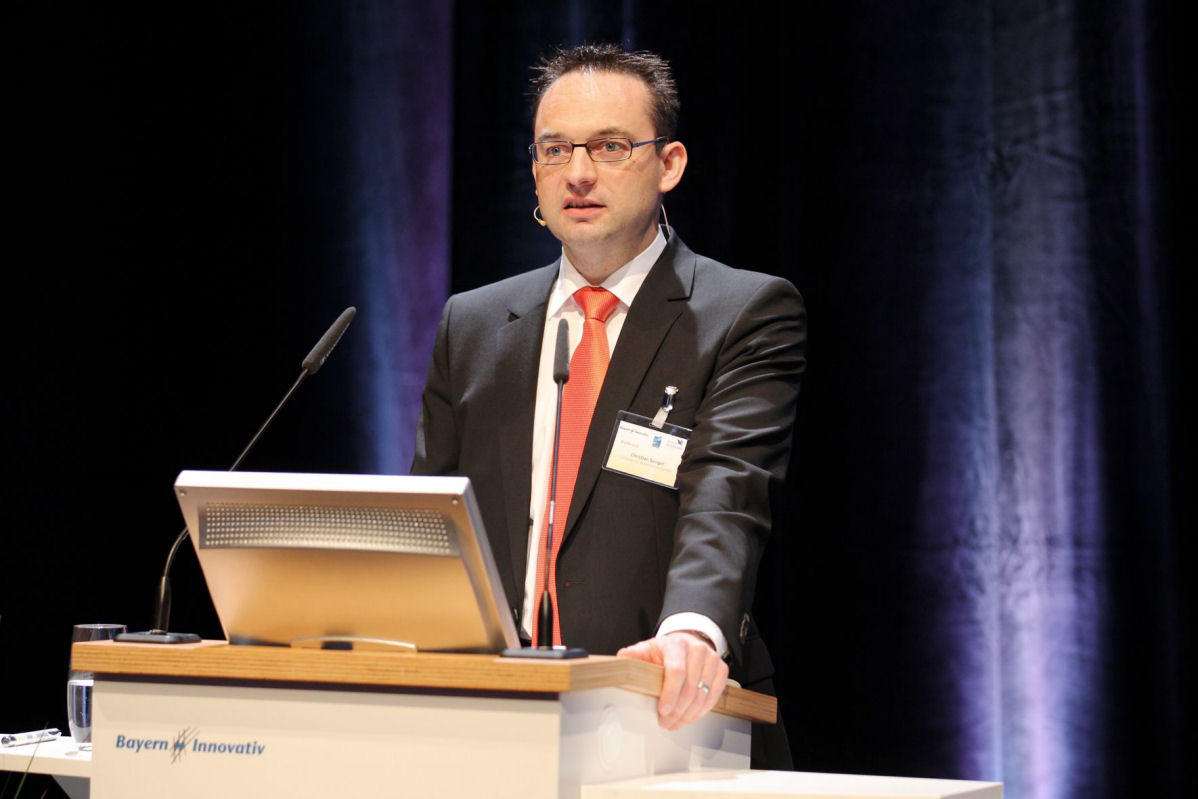Laws must accommodate market demand for technology, says Continental
 Despite technological advancements, Christian Senger believes we are “still a long way” from highly automated driving in regards to regulations
Despite technological advancements, Christian Senger believes we are “still a long way” from highly automated driving in regards to regulations
In addition to producing tyres, Continental designs and manufactures various automotive systems components, and for a number of years has collaborated on research into automated driving systems. But coming up with the technology to drive without a driver is one thing – being able to actually do so without breaking the law is another. Yesterday at ‘Zuliefer Automotive’, a Munich-based trade fair focusing on future trends and technologies, Continental’s head of research for automotive electronics called for legislation to keep pace with the market.
“The Continental Mobility Study 2013 has shown that motorists worldwide want automated driving on the freeway,” stated Christian Senger. “Their needs match up perfectly with the development possibilities in the upcoming years. However, the necessary adjustments to the traffic regulatory framework must not fail to take into account the connection with these market dynamics.”
Senger commented that recent modifications to the Vienna Convention, which established the legal foundations for partially automated driving, can be viewed as an initial success in this respect. “But we are still a long way away from highly automated driving from a traffic regulatory perspective,” he added. Senger’s wish is for legislators to address basic policy decisions now so that motorists will be able to make use of the highly automated driving functions expected to become available after 2020: “Legislation should continue to play a role in the timing, paving the way toward fewer accidents, enhanced energy efficiency, and greater driving comfort. This would bring it in line with the needs of motorists worldwide.”
Legal changes and hurdles
The Vienna Convention came about as a result of the 1968 UN Conference in Vienna. It aims to facilitate international road traffic and increase road safety. The basis for this is formed by the acceptance of uniform traffic regulations and their incorporation into national road traffic laws. The convention therefore functions as superordinate legislation for nation states. Article 8 specified that the driver must maintain permanent control of a vehicle. This limitation was amended in March 2014 in response to the increasing automation of vehicle systems. Automated systems are now permitted as long as they can be overridden or deactivated by the driver. This has established the legal foundation for partially automated driving, since control of the vehicle may now essentially be assumed by systems.
In Continental’s opinion, a critical hurdle remaining along the path to highly automated driving is laid down in a UN/ECE regulation (UN-R 79: “Uniform Provisions Concerning the Approval of Vehicles with regard to Steering Equipment”). According to this regulation, automated steering is currently only permitted up to a speed of 10 km/h. The company opines that in order to make highly automated driving functions such as traffic jam assist or emergency steer assist a reality, this speed limitation needs to be lifted.



Comments